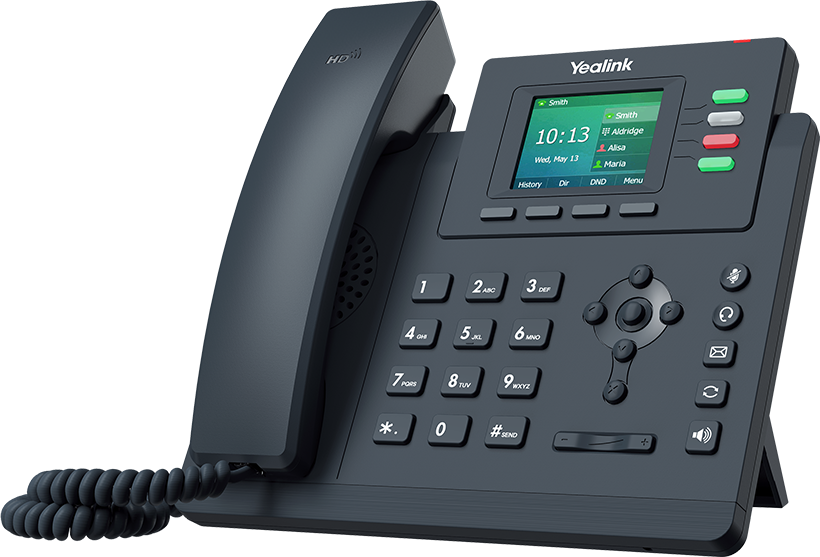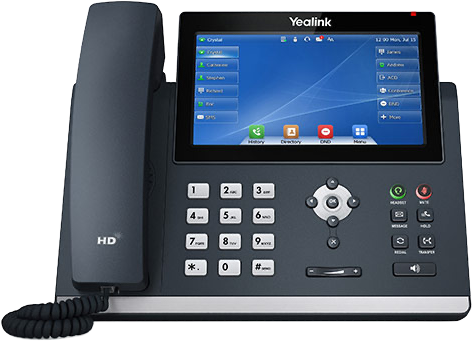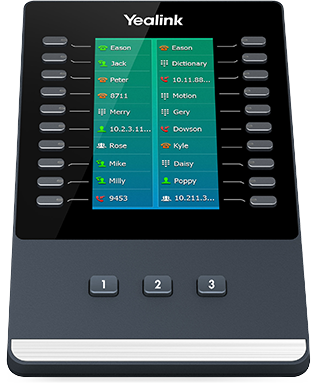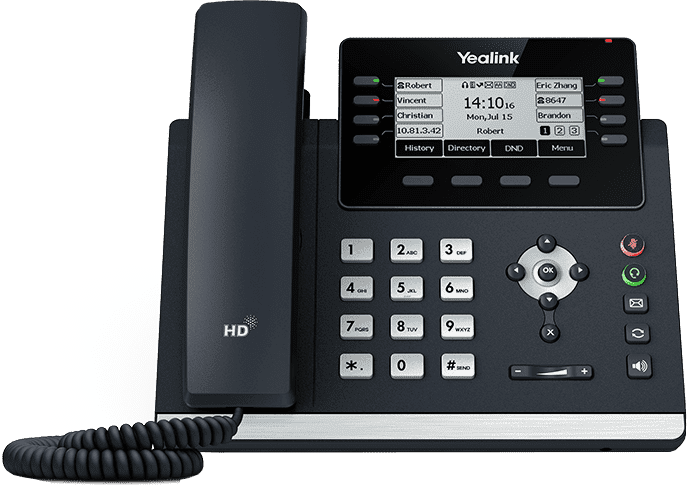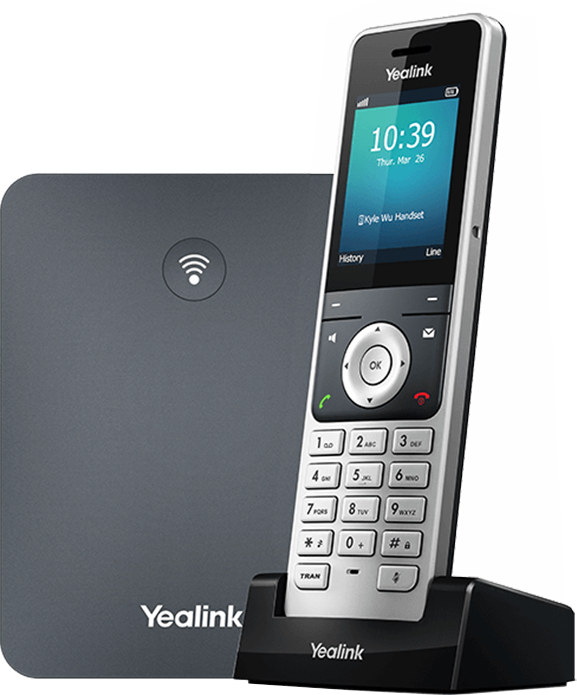Call queuing allows incoming calls to be placed in a queue and held until someone is free to handle the call. It is essential for businesses that receive a large volume of calls, as it ensures that every call is answered and customers don’t have to wait on hold for extended periods.
When a customer calls, they’re informed when their call will be answered and can be given an estimated wait time. This helps to manage customer expectations and reduces frustration. While in the queue, the customer may be offered music or a recorded message to keep them engaged.
Once an agent is available, the next call in the queue is automatically routed to them. This ensures that calls are handled in the order they were received and no customer is left waiting longer than necessary.
This feature can be particularly important for businesses that offer customer support or sales, as these departments may receive a high volume of calls. By efficiently managing call queues, companies can ensure that they are providing a high level of service to their customers, which can lead to increased customer satisfaction and loyalty.
How It Works
When a call is received, the caller can be presented with a Welcome Greeting and advised they will be connected with an available agent as soon as possible. They are then placed in the queue, and their call is held until an agent is free to take the call.
The Call Queue uses a set of rules to determine the order in which calls are answered. Typically, calls are answered in the order they were received, which ensures that each customer is served fairly and that every customer is allowed to arrive on time. The queuing system may also prioritise calls based on different routing strategies, such as least busy agent.
While in the queue, the caller may be given a message informing them of their estimated wait time and give them the option to leave a voicemail message.
Once an agent is free, the queuing system automatically routes the next call in the queue to that agent. The agent is then provided with information about the caller’s wait time to ensure a more efficient customer experience.
Overall, call queuing is an essential part of any call centre or customer service operation. It helps to manage call volumes and ensures that each customer is served efficiently and fairly. By using advanced queuing systems, businesses can provide a high level of service to their customers while also optimising their call centre resources.
Benefits of Call Queuing
It can provide many benefits for businesses that receive a high volume of calls. Here are some of the key benefits:
- Improved customer service: Businesses can ensure that every call is answered and customers don’t have to wait on hold for extended periods. This helps manage customer expectations and reduces frustration, leading to increased customer satisfaction and loyalty.
- Increased efficiency: Optimise resources by ensuring that agents are utilised to their full potential. Calls are routed to available agents automatically, which reduces the time and effort required to manage call volumes manually.
- Cost savings: Reduce costs by improving the efficiency of business operations. By managing call volumes more effectively, businesses can reduce the number of agents required to handle calls and minimise the need for overtime or additional staffing during peak call times.
- Improved call handling: By providing agents with information about the caller and their reason for calling, call queuing can help to improve call handling times and ensure a more personalised customer experience. Agents are better prepared to address the caller’s needs, which can lead to faster call resolution and increased customer satisfaction.
Overall, this feature is an essential tool for businesses that want to provide high-quality customer service and optimise their inbound calling operations. Companies can use advanced queuing systems to manage call volumes more effectively, improve call handling times, and increase customer satisfaction and loyalty.
SIPcity’s Call Queuing Feature
SIPcity’s call queuing feature works by placing incoming calls in a queue and holding them until an available agent is ready to handle them. It also provides a range of advanced settings that can be customised to suit the specific needs of a business. These settings include:
- Departmental Queues: Calls can be routed to specific departments’ Call Queues ensuring customers reach the right team and the right person to speak with.
- Queue Announcements: SIPcity’s call queuing feature lets you configure the announcements that both the caller and the agent will hear. This can be the position in the queue, along with “Thanks for Holding”, and let the agent know how long the caller as been in the queue.
- Estimated wait time: Callers can be informed of their estimated wait time, which helps to manage their expectations and reduce frustration.
- Queue position announcements: Callers can be informed of their position in the queue, which helps to manage their expectations and reduces frustration.
- Automatic call distribution: Once an agent is available, calls are automatically distributed to the next available agent in the queue depending on the call routing strategy that is selected. This helps to optimise resources and reduce wait times for callers.
Businesses will find it easy to manage high call volumes and provide high-quality customer service. With a range of advanced settings, businesses can customise their phone system to suit their specific needs and improve the efficiency and effectiveness of their call centre operations.
SIPcity’s Call Queue feature is included at no additional cost, just like the many other advanced Cloud PBX features, all included as standard functionality with our Calling Plans. Find out more!
Make the Switch Simple
Try SIPcity and see how easy it is to move your business to a smarter phone system.
